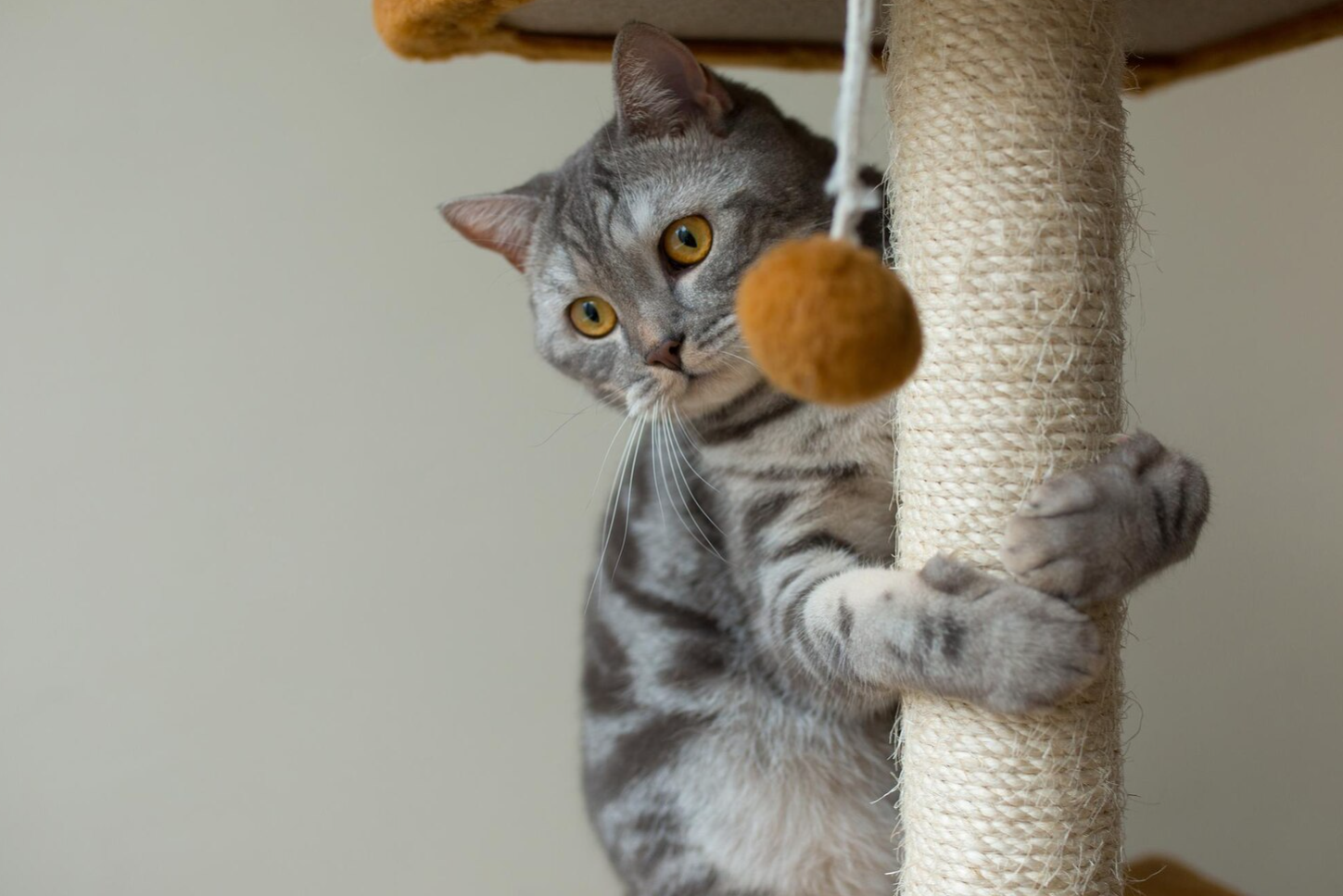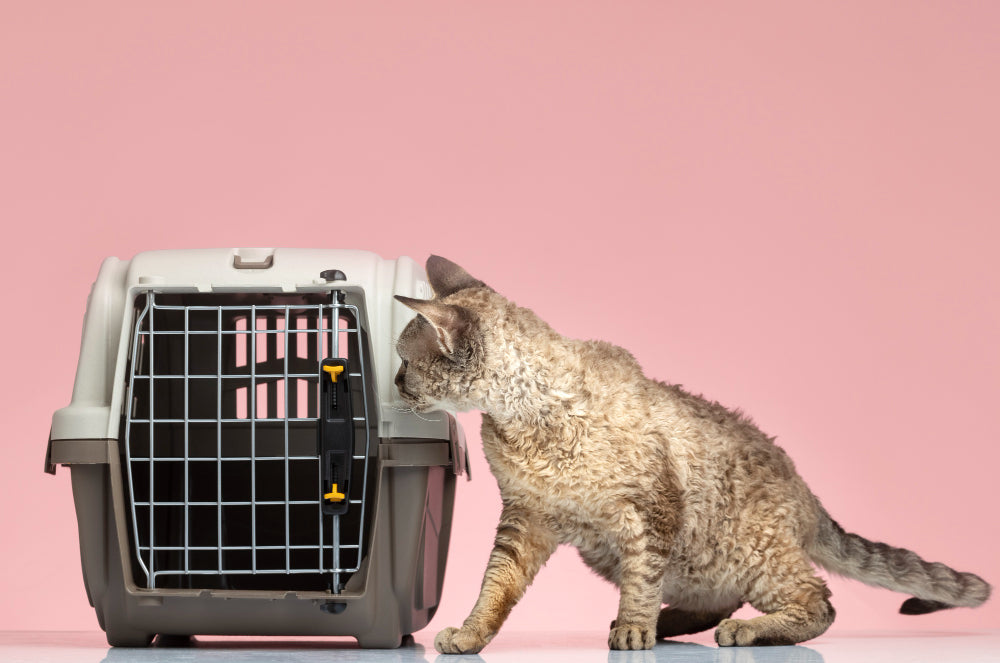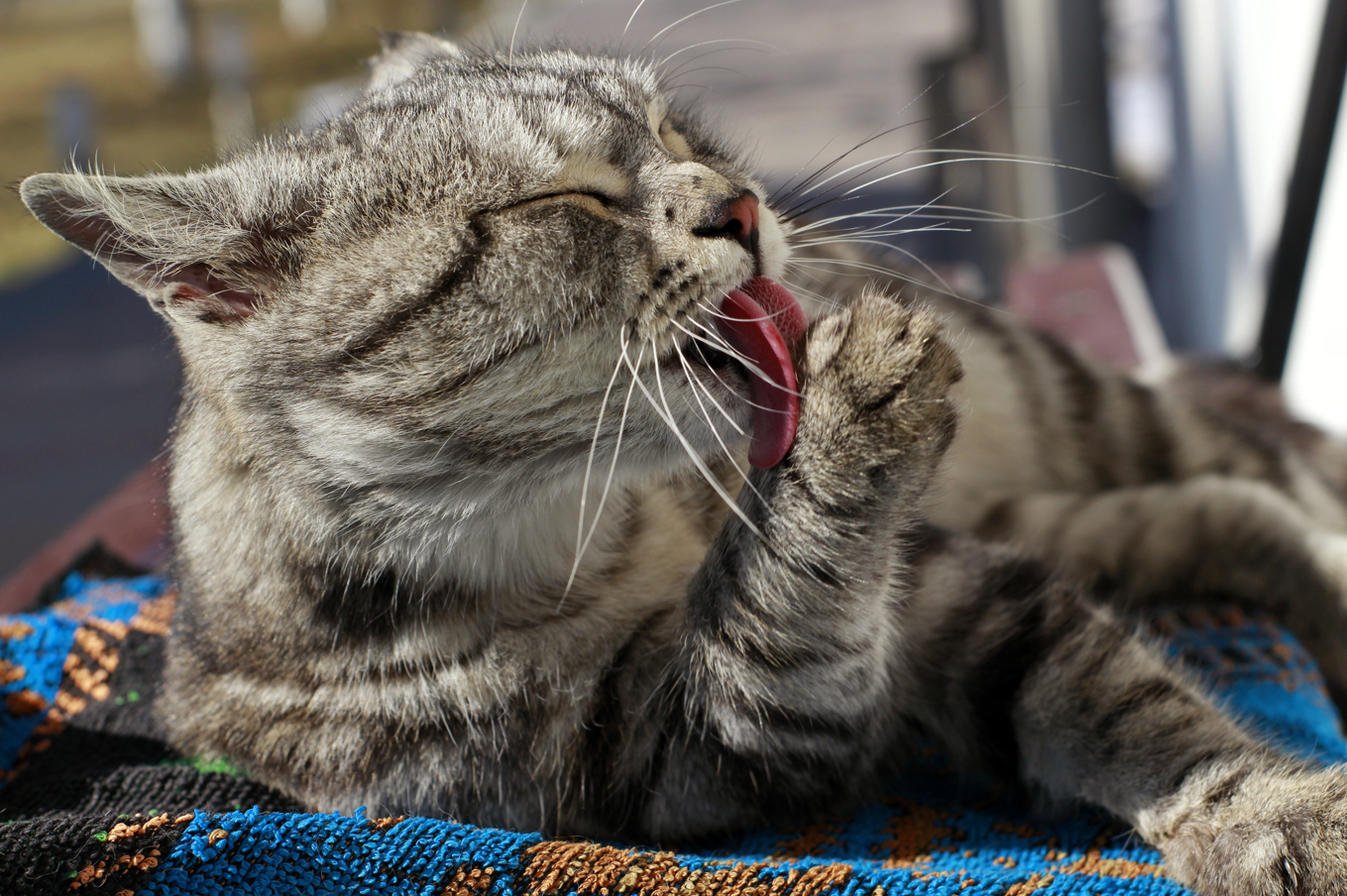
Minimum size and housing for rodents and ferrets: everything you need to know
, by Michael van Wassem, 10 min reading time

, by Michael van Wassem, 10 min reading time
The well-being of rodents and ferrets starts with sufficient space. A cage that's too small can cause stress, boredom, and health problems. But how much space does a rabbit, guinea pig, hamster, mouse, rat, or ferret actually need? This article explains the minimum dimensions for each species, whether they should be housed in groups or alone, and which basic necessities are essential.
Rabbits are social animals and should never be kept alone . They need a spacious hutch and a run where they can move around day and night.
Minimum dimensions for rabbits:
Indoor cage: minimum 200 x 100 cm (2–3 m²)
Run: at least 6 m² of permanent free range
A sturdy, draught-free rodent hutch for indoors or outdoors is the base. Fill the cage with soft bedding , and provide multiple food and water bowls .
Guinea pigs are also true group animals: at least two together is standard. They need not only plenty of space, but also hiding places and soft places to lie down.
Minimum dimensions for guinea pigs:
For 2 guinea pigs: 120 x 60 cm
For 3 or more guinea pigs: preferably 150 x 70 cm or larger
Provide a thick layer of ground cover against sensitive paws. Many guinea pigs also love to lie in soft beds and baskets to crawl away.
Hamsters are solitary animals and are therefore always housed alone .
Minimum dimensions for hamsters:
Syrian hamster: 80 x 50 cm floor space
Dwarf hamster: minimum 80 x 50 cm , preferably more spacious
Hamsters are diggers and have a thick layer of bedding at least 20 cm is required. A well-fitting running wheel prevents boredom and supports their natural urge to move.
Mice are extremely social and should always be kept in groups of at least three .
Minimum dimensions for mice:
For a small group: 80 x 50 cm floor space
Extra height required so they can climb
Because mice are real rodents, a gnawing stone may Don't miss out. Combine this with plenty of tunnels and hiding places.
Rats are intelligent social animals. Always keep them together in groups of at least two or three.
Minimum dimensions for rats:
Floor area: minimum 100 x 50 cm
Height: minimum 80 cm (climbing space is essential)
In addition to a spacious cage with ground cover rats need a lot of challenges: hammocks, climbing ropes and a large running wheel complete their environment.
Ferrets can be kept alone or together, but they need plenty of daily interaction – from you or a friend.
Minimum dimensions for ferrets:
Cage height: minimum 200 cm
Floor area: minimum 150 x 80 cm
Multiple floors are a must
Fill a safe cage with soft beds and pillows, because ferrets sleep up to 16 hours a day. Don't forget to provide sturdy food and water bowls.to place.
Whether you have a rabbit, guinea pig, hamster, mouse, rat, or ferret: the space you provide determines your pet's well-being . Provide sufficient cage space, a thick layer of bedding,, enrichment with running wheels, gnawing stones and comfortable beds and baskets.
With a well-equipped rodent cage for indoors or outdoorsgive your animal a safe, active and happy life.


